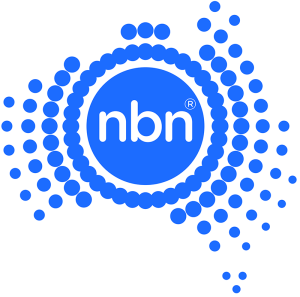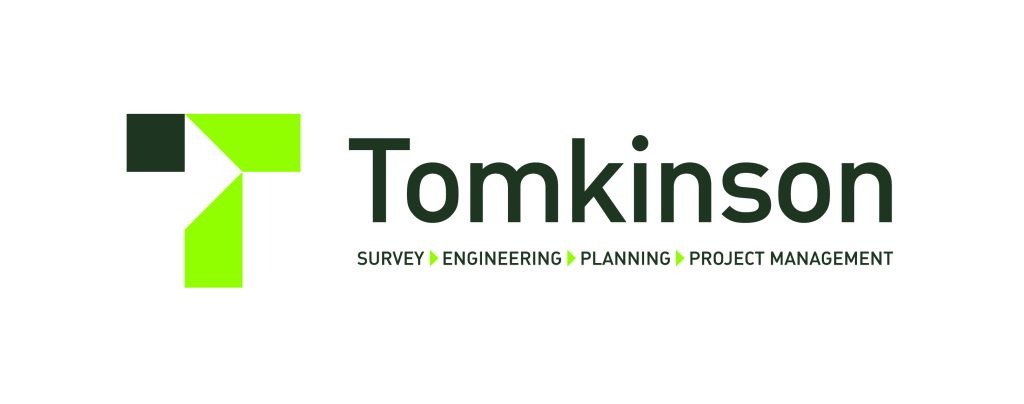If you’ve tried to use a bus to get from home to work and you don’t live in a well-connected bus serviced area, you will be one of the disgruntled people left waiting for the next bus to arrive, only after waiting for the last one that didn’t come. Melbourne’s buses on average arrive every 40 minutes on a typical weekday, extending out to 50 minutes on Sundays. Hardly a reliable and efficient service.
As almost 6.5 million people are expected to call Melbourne home in 2036, car congestion will in turn increase by 46% between 2026 and 2036. We need to explore new public transport systems if we are to shift our transportation choices from car usage.
Many Melbournians are willing to switch from their car to a bus if it provides a reliable, fast, frequent, and safe service.
Infrastructure Victoria have been researching the performance of our buses, how the public view it, use it or potentially would switch to using it if it changed. They released in December 2023 their Fast, frequent, fair report that analysed how buses can better connect Melbourne. The report concluded not only the dire statistics quoted above, but that comprehensive reform is required and a huge opportunity exists to elevate the role buses play. They make 10 key recommendations for future planning. Recommendations range from optimizing existing networks, matching demand and delivering rapid transit across Melbourne, to funding certainty for growth areas.
So things are moving: Identifying the gaps and brainstorming recommendations is a great start, but what is the transport department doing to fix bus transportation in Victoria?
Well you may know already, the Department of Transport and Planning (DTP) recently released Victoria’s Bus Plan which focuses on wholistic network changes. The plan has six objectives, each representing a step-change in bus network reform, investment, and innovation.
Actions within each objective are phased across the coming years:
- Years 2021-23 leverages the Big Build and tests new approaches, processes and plans to support a reform agenda
- Years 2023-30 transforms the bus network and aligns it to meet growing demand
- Years 2030+ embeds new practices and long-term initiatives
The Bus Reform team also ran bus reform pilots in Mildura, Melbourne’s northern and north eastern suburbs in September 2022. It’s not surprising the surveys revealed that people just want buses to be reliable, frequent, connect to other modes of transport and take direct faster routes.
So SmartBus, amongst other initiatives, was rolled out from 2002 which included real-time information and great bus stop infrastructure, roadspace and traffic light priority, which revealed a growing patronage by 44 million between 2006 and 2012 with 17 million added following the introduction of Doncaster Area Rapid Transit in 2011.
But bus routes and timetables are not the only things that make up a good bus plan.
DTPs Bus Reform objectives include the introduction of cleaner, smarter fleets and the department is running a 3-year trial testing battery-electric and battery-hydrogen technologies to meet its legislated commitment of zero net emissions by 2050.
Developers are also contributing to bus reform.
There are several new masterplanned communities that are trailing or have trailed privately funded interim bus services to kick start the public transport accessibility for new residents.
Below are some links to a few examples here and interstate.
The UDIA IST sub-committee Digital Urbanism is researching a pilot to deliver an autonomous electric bus service within Melbourne, securing public and private sector partners to instill this kind of service as a long term solution to interim bus services for new communities. If you would like to participate, please contact the UDIA IST committee at info@udiavic.com.au.
Committee Representatives & Authors:
– Maureen Benier – Victorian Planning Authority
– Steve Hay – Core Projects
– Matthew Gaunson – ABN Group
– Brett Young – Ratio Consultants










